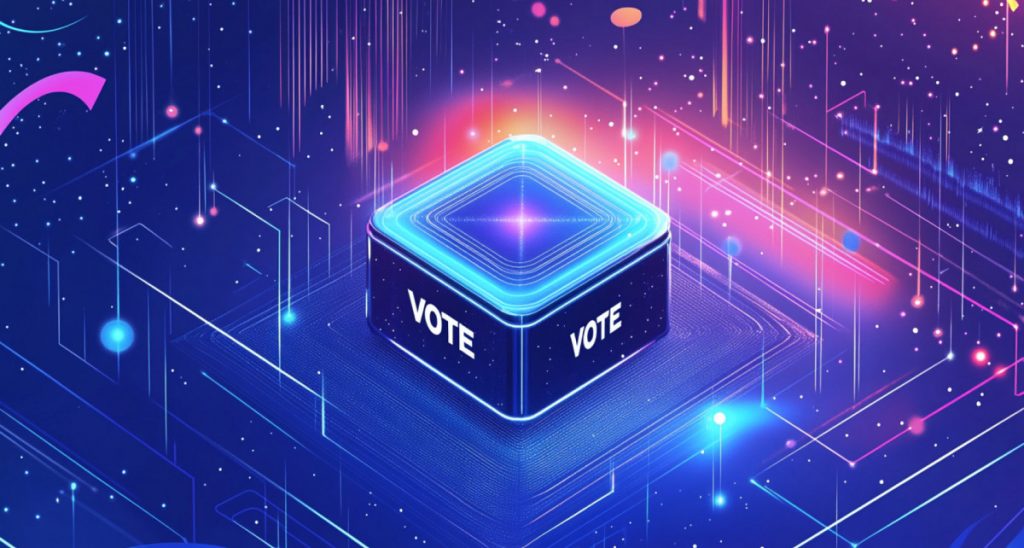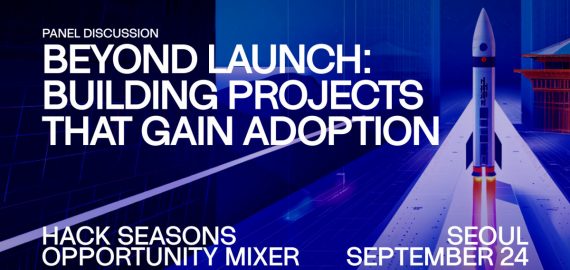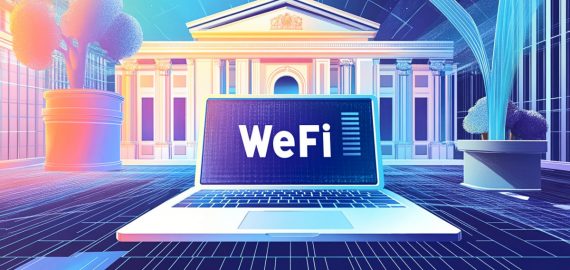Arbitrum Community Moves Toward Game-Changing Protocol for Blockchain Security


In Brief
The Buffer of Liquidity Delay protocol is being considered for application to Arbitrum One and Arbitrum Nova, aiming to improve security and dispute settlement procedures.

The proposal to apply the Buffer of Liquidity Delay (BoLD) protocol to Arbitrum One and Arbitrum Nova, the two chains that make up the Arbitrum (ARB) community, is presently undergoing a governance vote. Deployment of the project is planned for February 2025, assuming approval.
This security improvement aims to address attacks and enhance the dispute settlement procedure. The poll, which started recently and is scheduled to end at 6:54 PM KST on January 24, has received 100% of the vote thus far.
BoLD is intended to convert Arbitrum to a permissionless framework from a permissioned validator system. Anyone might take part in confirming the chain’s current condition and refuting fraudulent assertions with this modification. It is anticipated that this strategy would preserve Ethereum’s rollup security requirements while enhancing the system’s resiliency and decentralization.
Essential Elements and Advantages of BoLD Protocol
BoLD’s implementation marks an important modification to Arbitrum’s security and governance framework. Enforcing a deadline for dispute resolution is one of its main goals. This feature reduces the dangers of delay attacks by guaranteeing that disagreements cannot cause the system to halt as long as at least one trustworthy validator takes part. The proposed update seeks to replace Arbitrum’s current permissioned collection of validators with an open, permissionless solution to handle such issues.
The advantages of the protocol go beyond only resolving disputes. BoLD strengthens Orbit Layer 3 (L3) chains’ resistance to censorship, making it more difficult for bad actors to restrict data or transactions. Additionally, by incorporating them within a “Security Council Safety-First” architecture, the update preserves current security safeguards. This balance guarantees that the system’s fundamental security is maintained even as it grows more resilient and inclusive.
Additionally, the Arbitrum DAO has connected the Arbitrum Foundation’s financing to BoLD’s approval. The Foundation will be the first active proposer for Arbitrum One if the protocol is approved. To maintain accountability in the governance process, the Foundation has promised to restore the amount of funds to the DAO within 30 days of the proposal being rejected.
Implications for Ethereum Rollup Recognition
It is anticipated that if the BoLD protocol is put into practice, Arbitrum’s standing as a Stage 2 Ethereum rollup will be improved, demonstrating a more secure and decentralized architecture. This accomplishment could strengthen Arbitrum’s standing as a top Ethereum scaling solution, putting it in a better position to compete in the quickly changing blockchain market.
Arbitrum would be in line with Ethereum’s overarching objectives of security, scalability, and decentralization by using BoLD, which would solve present constraints in its validation and dispute resolution procedures.
The suggested protocol provides a mechanism to increase the network’s capacity and resiliency, guaranteeing that Arbitrum will continue to be an essential part of Ethereum’s rollup-centric strategy.
Disclaimer
In line with the Trust Project guidelines, please note that the information provided on this page is not intended to be and should not be interpreted as legal, tax, investment, financial, or any other form of advice. It is important to only invest what you can afford to lose and to seek independent financial advice if you have any doubts. For further information, we suggest referring to the terms and conditions as well as the help and support pages provided by the issuer or advertiser. MetaversePost is committed to accurate, unbiased reporting, but market conditions are subject to change without notice.
About The Author
Victoria is a writer on a variety of technology topics including Web3.0, AI and cryptocurrencies. Her extensive experience allows her to write insightful articles for the wider audience.
More articles

Victoria is a writer on a variety of technology topics including Web3.0, AI and cryptocurrencies. Her extensive experience allows her to write insightful articles for the wider audience.

















































